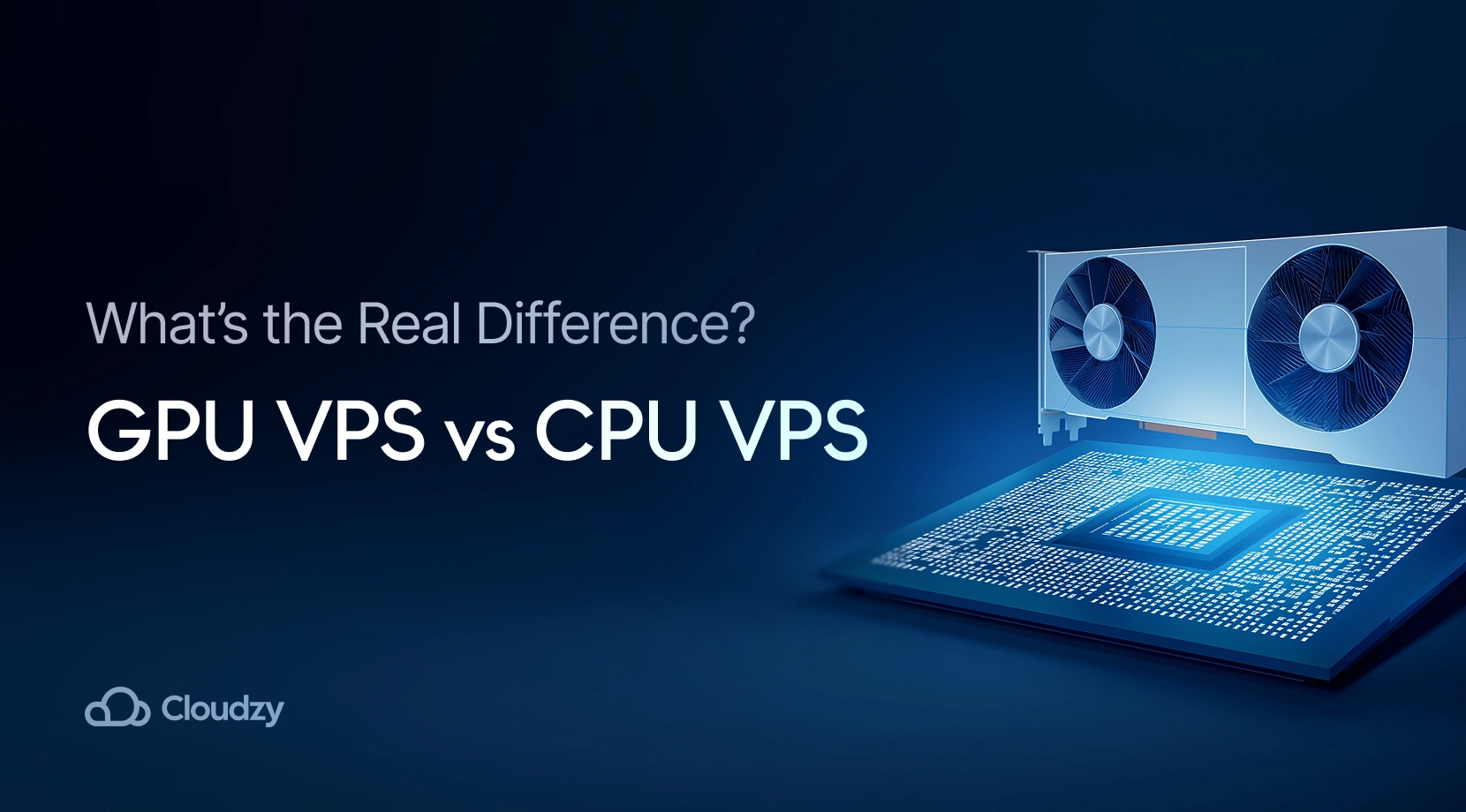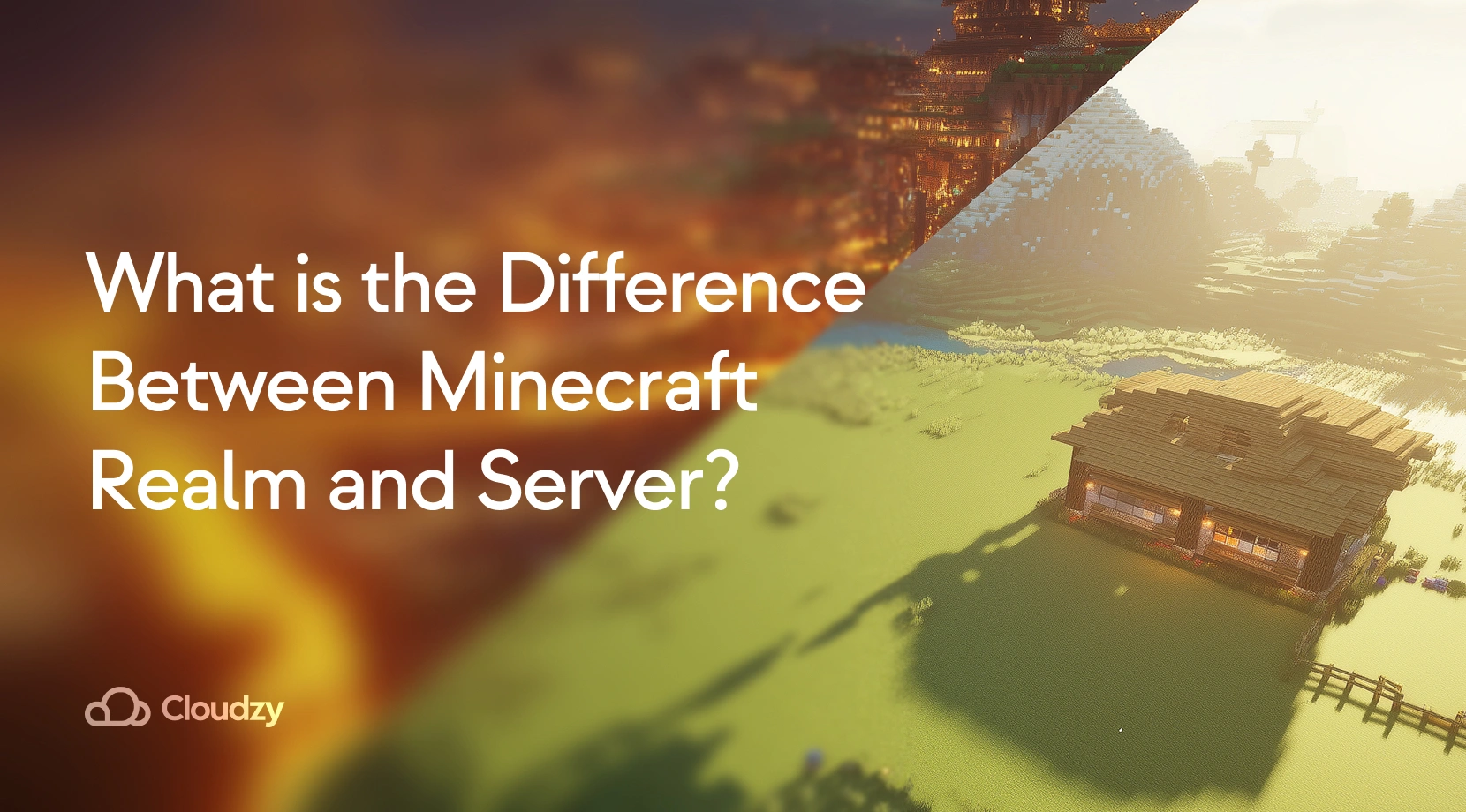It’s a common dilemma: GPU VPS vs. CPU VPS. Which one’s the right fit for your project? Forget about simply chasing raw power; it’s all about finding the perfect match for your specific needs. Whether you’re knee-deep in training AI models, rendering intricate game environments, or just trying to keep your website humming, understanding the core differences between GPU and CPU VPS is important. Let’s dive in and break down their performance, pricing, and ideal use cases, speaking directly to developers, gamers, and anyone making technical decisions.
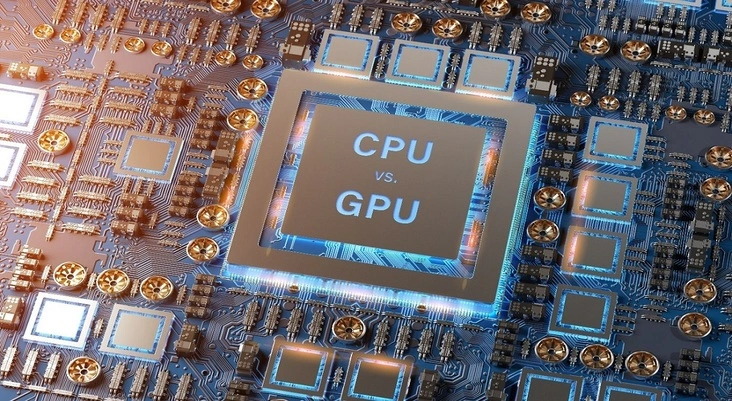
What’s a GPU VPS Anyway?
A GPU VPS comes packed with one or more Graphics Processing Units, and these aren’t just for showing off pretty pictures. They’re specifically built for parallel data processing. Think of it this way: if a CPU is like a seasoned general, tackling one command at a time with laser focus, a GPU is more like a disciplined swarms, executing thousands of smaller tasks all at once. Take NVIDIA’s CUDA cores, for example; they allow for thousands of operations to happen all together.
This parallel processing power makes a GPU VPS a dream come true for training AI models, diving into complex data modeling, and handling real-time rendering. For gamers and 3D artists, it’s like having a top-of-the-line graphics card right there in the cloud – absolutely essential for silky-smooth frame rates and stunning real-time effects. If this is all new to you, you might want to check out the basics of what a GPU VPS actually is.

And What About a CPU VPS?
On the other hand, a CPU VPS runs on virtualized Central Processing Units, and it really shines at general-purpose computing with its strong sequential performance. Imagine your CPU as the main controller in a complex strategy game: it issues commands, makes critical logical decisions, and expertly handles structured tasks. We’re talking about things like web servers, databases, and email services.
A CPU VPS is your go-to for applications that process tasks in a linear fashion or need moderate concurrency. You’ll find them perfect for hosting dedicated multiplayer game servers, powering popular CMS platforms like WordPress, or managing your crowded eCommerce site. These kinds of tasks typically don’t require the intense parallel processing a GPU offers.
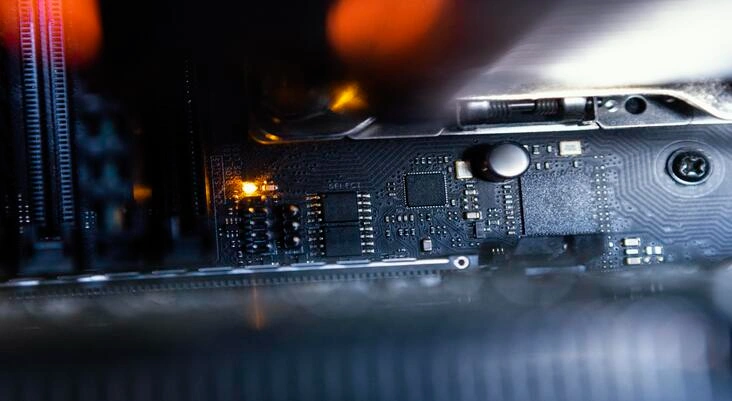
The Core Differences: A Quick Look
To give you an even clearer picture, here’s a quick rundown of what sets these two powerful server types apart:
| Feature | CPU VPS | GPU VPS |
| Processing Type | Sequential | Parallel |
| Ideal Workloads | Web hosting, APIs, databases | AI, ML, rendering, simulations |
| Architecture | Fewer, powerful cores | Thousands of lightweight CUDA cores |
| Performance Style | Linear tasks, moderate concurrency | Massively parallel, intensive workloads |
| Cost | Lower | Higher |
| Use Case Examples | Hosting forums, eCommerce, blogs | Deep learning, 3D game development |
| Flexibility | More general-purpose | Specialized for compute-intensive tasks |
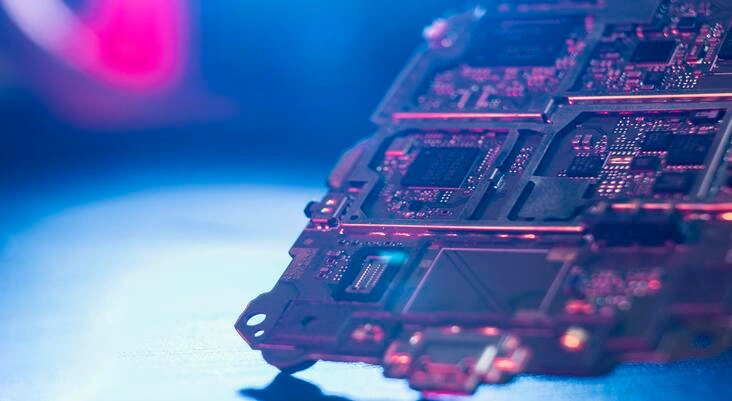
Performance Showdown: CPU vs. GPU for Your Workloads
When we talk about performance in game development or AI, it all boils down to whether your workload needs single-threaded power or massive parallel processing.
General Applications: The CPU’s Comfort Zone
A CPU VPS handles most everyday workloads like a champ. We’re talking about running CMS platforms, managing databases, or even hosting those key multiplayer game lobbies. These tasks rely more on logic and practical input/output operations than on raw computational muscle.
Machine Learning and AI: Where GPU Reigns Supreme
Here’s where the GPU VPS truly pulls ahead. Deep learning tasks—things like training complex AI models or fine-tuning facial recognition systems—can drag on for hours with a CPU. But switch to a GPU, and you’ll see them finish in a fraction of the time. Those CUDA cores are masters at distributing work across thousands of processing units, making quick work of demanding calculations.
Want to learn more? Check out the best GPU VPS options for machine learning and AI.
3D Rendering and Game Hosting: A GPU Masterclass
Whether you’re rendering a cinematic take or hosting an open-world sandbox game, a GPU VPS will outperform a CPU VPS by a mile. GPUs just shine in graphics-intensive environments, handling ray tracing, texture mapping, and real-time shaders.
Scientific Computing and Simulations: Crunching Numbers at Warp Speed
Parallel computing is vital for simulations like pathfinding, fluid dynamics, or intricate astronomical models. A GPU VPS can race through this kind of data far faster than a CPU, making it an ideal choice for scientific labs, research teams, and startups building data-heavy simulation apps.
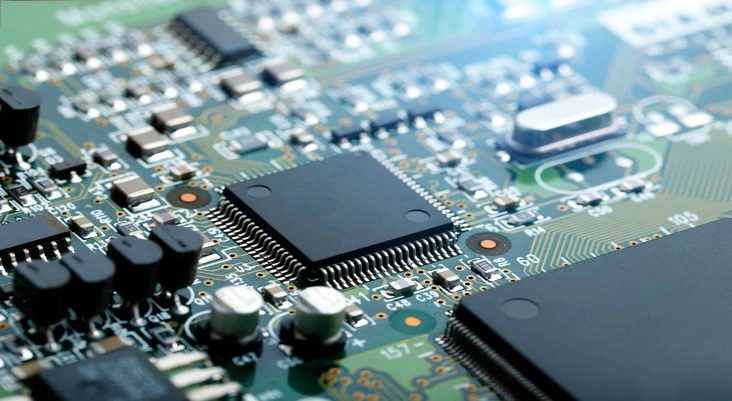
Let’s Talk About Cost: GPU vs. CPU VPS
Generally, GPU VPS hosting will cost you more than a CPU VPS. This reflects its specialized processing capabilities – you’re paying for that concentrated power.
A CPU VPS is usually more affordable and its pricing is pretty predictable, making it a great option for most workloads, like lean SaaS applications or internal backend systems.
GPU VPS pricing, on the other hand, often depends on the specific GPU type (think high-end NVIDIA A100s or RTX 3090s) and your usage. More power equals higher cost, but that expense is totally justified for those compute-intensive or render-heavy environments where time and performance are important.
For a deeper dive into the cost aspect, explore the differences between cloud GPU and dedicated GPU VPS.
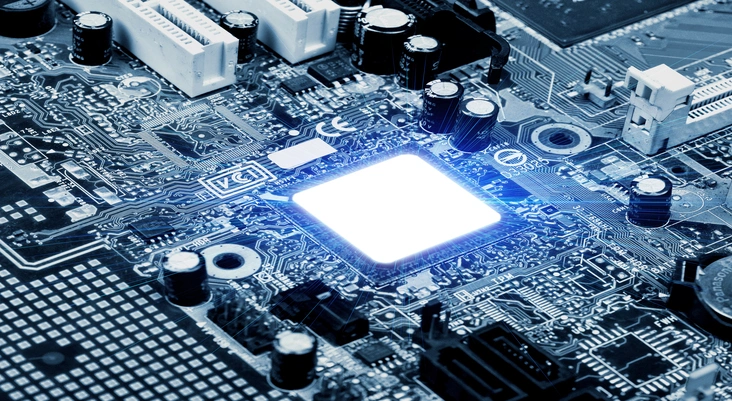
When Should You Lean Towards a GPU VPS?
If your work involves machine learning, training AI, or processing massive datasets, a GPU VPS isn’t just an option—it’s a necessity. It’s also the perfect fit for 3D game development, real-time rendering, or intensive scientific computing. Teams building MMOs or streaming services that rely on high-resolution video processing will see huge benefits from GPU acceleration. And for developers using powerful platforms like PyTorch, TensorFlow, and Blender, a GPU VPS truly unlocks their full potential.
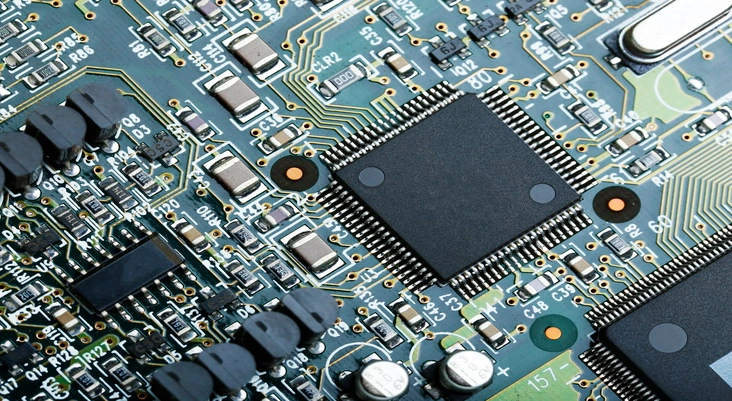
When Is a CPU VPS the Smarter Choice?
A CPU VPS is your best bet for more traditional hosting environments. We’re talking about managing leaderboards, running blogs, content-rich websites, or crowded eCommerce stores. If your workload doesn’t demand intense parallel processing, a CPU VPS offers significantly better value. It’s also an ideal starting point for developers, startups, or anyone just testing the waters with early-stage products. Its simplicity, broad compatibility, and affordability make it an easy default choice for many.
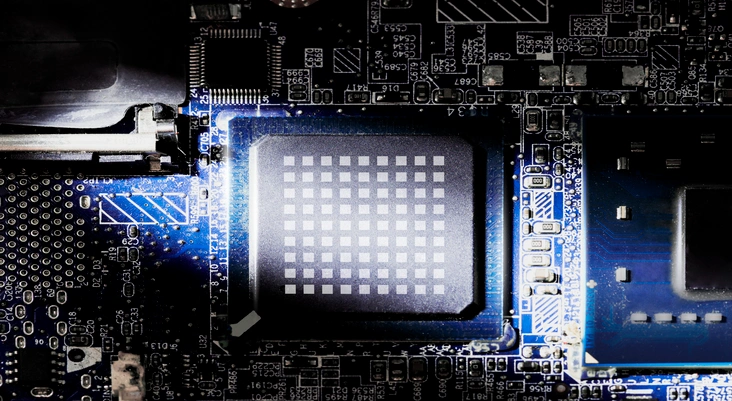
The Verdict
When you’re weighing GPU VPS vs. CPU VPS, remember there’s no universal “better” option. The right choice truly hinges on your specific workload, your performance goals, and, of course, your budget.
Go with a CPU VPS for managing websites, lighter databases, or smaller-scale applications; it’s useful and budget-friendly for general use.
Opt for a GPU VPS when you need high performance for AI training, video rendering, complex scientific simulations, or cutting-edge game development. The higher cost is absolutely justified when every second and every bit of processing power counts.
Still ponder? You might want to learn how vGPU could offer a neat hybrid middle ground!

